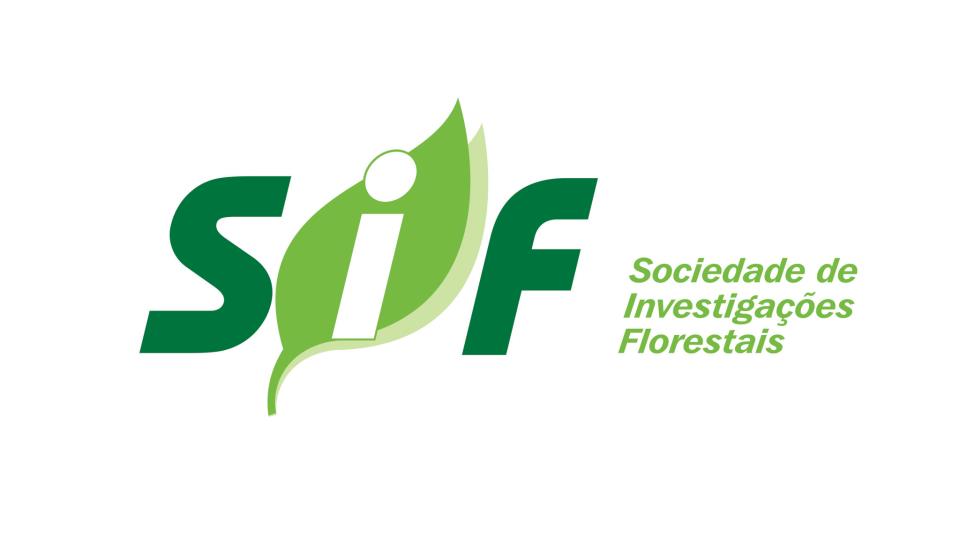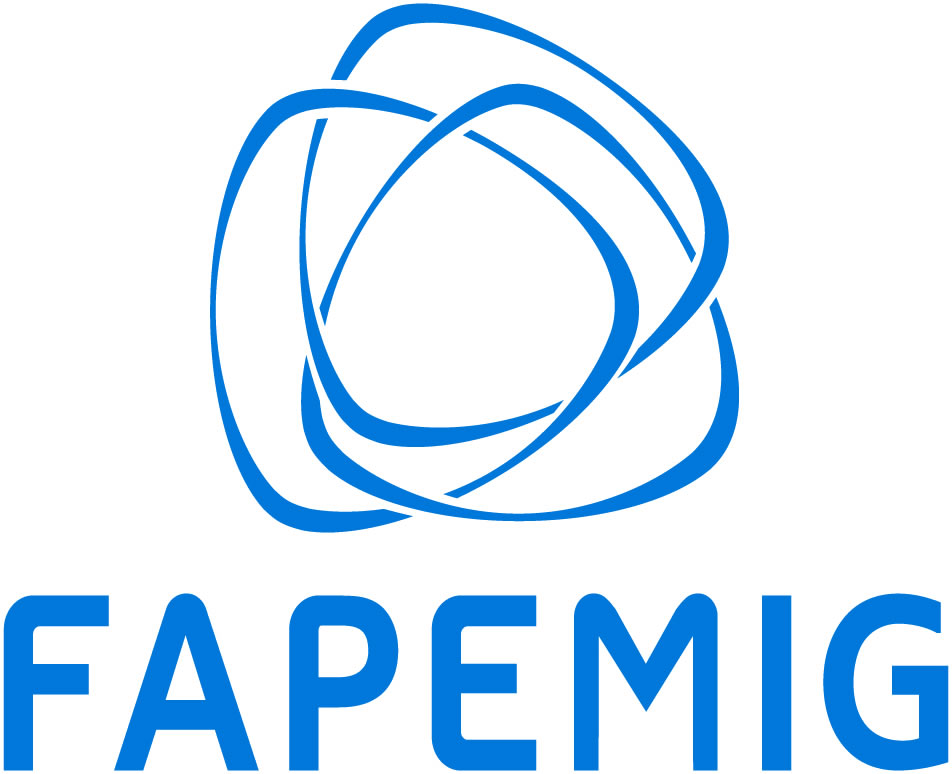Biblioteca Florestal
Digital
Digital
Evaluation of the use potential of nine species of genus Eucalyptus for production of veneers and plywood panels

- Página inicial
- →
- Biblioteca Florestal Digital
- →
- Periódicos
- →
- Cerne
- →
- Cerne - v.19, n.2, 2013
- →
- Ver item
JavaScript is disabled for your browser. Some features of this site may not work without it.
| dc.contributor.author | Iwakiri, Setsuo | |
| dc.contributor.author | Matos, Jorge Luis Monteiro de | |
| dc.contributor.author | Prata, José Guilherme | |
| dc.contributor.author | Trianoski, Rosilani | |
| dc.contributor.author | Silva, Leandro Soares da | |
| dc.date.accessioned | 2015-09-03T19:16:19Z | |
| dc.date.available | 2015-09-03T19:16:19Z | |
| dc.date.issued | 2013-04 | |
| dc.identifier.citation | IWAKIRI, S. et al. Evaluation of the use potential of nine species of genus Eucalyptus for production of veneers and plywood panels. Cerne, Lavras, v. 19, n. 2, p. 263-269, abr./jun. 2013. | pt_BR |
| dc.identifier.issn | 0104-7760 | |
| dc.identifier.uri | http://www.bibliotecaflorestal.ufv.br:80/handle/123456789/15053 | |
| dc.description.abstract | The objective of this study was to evaluate the use potential of nine species of Eucalyptus for production of veneer sheets and multilaminated plywood panels. Veneers were cut using a pilot laminating lathe to a nominal thickness of 2.0 mm. Analysis included finding values of overall yield and yield according to three quality classes for the nine relevant species. Plywood panels were manufactured in a laboratory, consisting of five 2.0 mm veneer sheets which were bonded together with phenol-formaldehyde resin at a weight of 360 g/m2 (double line). The panels were compressed using a specific pressure of 10 kgf/cm2, a temperature of 140°C and a pressing time of 10 minutes. Results indicated that, with the exception of E. phaeotricha and E. pellita, all other Eucalyptus species had above 50% average veneer yield after lamination. Results of glue line shear testing and static bending parallel and perpendicular demonstrated that species Eucalyptus grandis, Eucalyptus saligna, Eucalyptus dunnii, Eucalyptus globulus, Eucalyptus viminalis, Eucalyptus robusta and Eucalyptus pellita have great potential within the parameters of this study for use in the production of veneer sheets and plywood panels intended for outdoor use. | pt_BR |
| dc.description.abstract | Conduziu-se esta pesquisa, com o objetivo de avaliar o potencial de uso de nove espécies de Eucalyptus na produção de lâminas e painéis compensados multilaminados. As lâminas foram obtidas num torno laminador piloto com espessura nominal de 2,0 mm. Foram obtidos os valores de rendimento total e em três classes de qualidade para as nove espécies estudadas. Os painéis compensados foram produzidos em laboratório, com cinco lâminas de 2,0 mm de espessura, utilizando a resina fenol-formaldeído, com gramatura de 360 g/m2 (linha dupla). Os painéis foram prensados com pressão específica de 10 kgf/cm2, temperatura de 140oC e tempo de prensagem de 10 minutos. Os resultados de laminação indicaram que, com exceção de E. phaeotricha e E. pellita, todas as demais espécies de Eucalyptus apresentaram rendimento médio em laminação acima de 50%. Os resultados de ensaios de cisalhamento da linha de cola e flexão estática paralela e perpendicular, demonstraram que as espécies de Eucalyptus grandis, Eucalyptus saligna, Eucalyptus dunnii, Eucalyptus globulus, Eucalyptus viminalis, Eucalyptus robusta e Eucalyptus pellita, apresentam grande potencial dentro dos parâmetros estudados neste trabalho para produção de lâminas e compensados para uso exterior. | pt_BR |
| dc.format | 7 páginas | pt_BR |
| dc.language.iso | en | pt_BR |
| dc.publisher | Universidade Federal de Lavras | pt_BR |
| dc.relation.ispartofseries | Cerne:v.19,n.2; | |
| dc.subject.classification | Ciências Florestais::Tecnologia e utilização de produtos florestais::Tecnologia da madeira e de produtos florestais | pt_BR |
| dc.title | Evaluation of the use potential of nine species of genus Eucalyptus for production of veneers and plywood panels | pt_BR |
| dc.title | Avaliação do potencial de uso de nove espécies do gênero Eucalyptus para produção de lâminas e compensados | pt_BR |
| dc.type | Artigo | pt_BR |
Arquivos deste item
| Arquivos | Tamanho | Formato | Visualização | |
|---|---|---|---|---|
| Cerne_v19_n2_p263-269_2013.pdf | 737.1Kb |

|
Visualizar/ |
|





